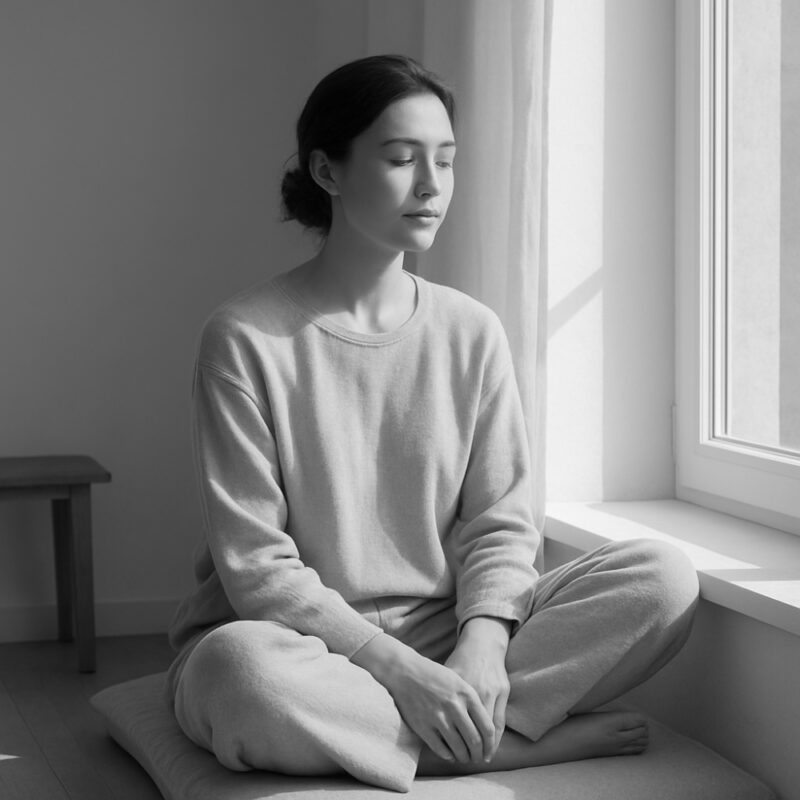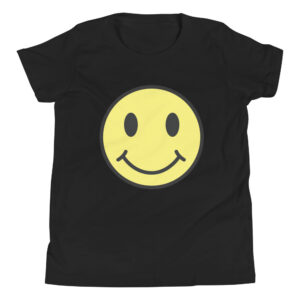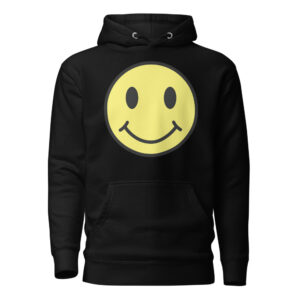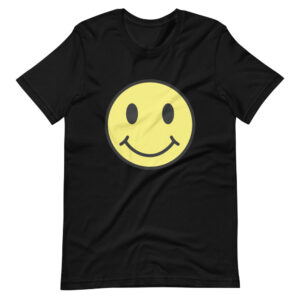-
×
 Have a Nice Day Beanie
1 × $111.00
Have a Nice Day Beanie
1 × $111.00
The Shift Toward Clothing That Feels Like Home
In an age defined by noise and acceleration, the rise of the comfortable clothing culture represents a deeper cultural correction — one rooted in mindfulness and authenticity. What began as a practical response to life spent indoors has evolved into an aesthetic movement that values calm, softness, and connection. Clothes that once served as armor are being replaced with garments that invite rest, expression, and emotional honesty.
How the Comfortable Clothing Culture Took Shape
The movement toward comfort began quietly but spread quickly. Lockdowns blurred the boundaries between home and work, urging people to prioritize how clothing feels over how it performs. Yet beyond the pandemic, the comfortable clothing culture carried forward because it met a need that had been ignored: the human desire for ease. People found themselves drawn to textures that soothe the skin and silhouettes that don’t restrict the body — garments that feel more like a second home than a social costume.
The Design Language of Comfortable Clothing Culture
Designers around the world have embraced this shift by reimagining what luxury means. Instead of stiffness or formality, modern luxury expresses itself through relaxed tailoring, weightless materials, and timeless simplicity. Neutral palettes dominate collections not because they are safe, but because they exude calm. This redefinition of design places comfort on equal footing with creativity — elevating sweatshirts, loose linen shirts, and cashmere knits into expressions of intentional living.
How Comfortable Clothing Culture Shapes Real Life Style
This new mindset reflects how people actually live. Work meetings happen from dining tables, evenings blend into mornings, and clothing must adapt fluidly. Wardrobes are built less around status and more around emotion — pieces that can transition from solitude to social life without compromise. The comfortable clothing culture makes this possible, offering outfits that look considered but never forced. It’s the quiet confidence of clothing that doesn’t demand attention but earns it through authenticity.
Comfort as Identity and Expression
Comfort has become a form of self-respect. Choosing soft fabrics and relaxed fits signals awareness rather than apathy — a rejection of discomfort disguised as professionalism. This shift also reveals a generational rethinking of values. For many, true sophistication now lies in garments that encourage stillness and reflect emotional wellbeing. Comfort has become modern identity — a universal language that transcends trends.
The Emotional Connection to What We Wear
More than ever, our clothes hold memory and feeling. The shirt worn on peaceful mornings or the sweater that carries the scent of home connects us to emotion, not just appearance. This connection explains why the comfortable clothing culture resonates so deeply — it turns clothing into an emotional landscape. We are learning that comfort is not the opposite of beauty; it’s a return to it.
Redefining Elegance Through Ease
Elegance no longer requires excess. It can be found in the drape of linen, the softness of brushed wool, or the ease of an unstructured silhouette. True grace today comes from alignment — dressing in a way that reflects how we wish to move through the world: grounded, calm, and sincere. The cultural shift toward comfort has redefined style itself, proving that the way we feel in our clothes is inseparable from how we live.





